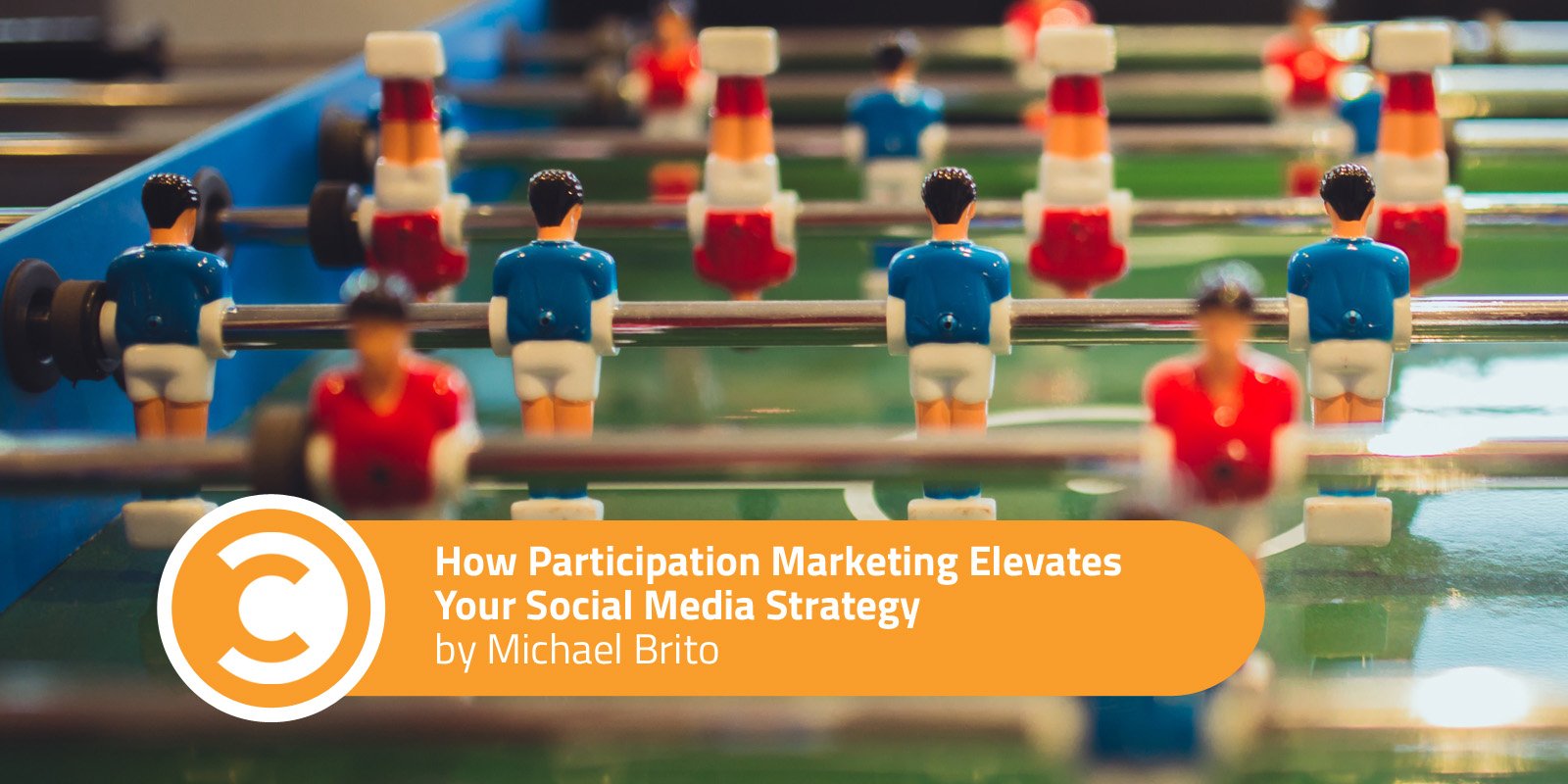Innovative brands are activating employees to be storytellers. They are doing this to reach new audiences, extend the reach of organic content in social and humanize their brand. The current buzzword for this practice is “employee advocacy,” or even “social selling.” I call it participation marketing, and the reason is clear. Employees tell better stories than you do. They have no agenda. They are authentic, and they are trusted by their peers.
But don’t take my word for it.
Credible research and data validate the proposition that mobilizing employees as media is a good thing:
- Peer recommendations drive business value. Research from the Boston Consulting Group and the Edelman Trust Barometer are explicit when it comes to measuring trust and credibility. The data clearly shows that people trust “employees of a company,” “consumer opinions,” and “colleagues and friends” when seeking information about a product or a brand.
- Technologists are active on social media. It’s a fact. Do a quick search on Twitter or LinkedIn for topics like Hadoop, DevOps, or SecOps. You’ll find both technical and business-focused conversations.
- Brands are investing in employee advocacy. Altimeter’s 2015 State of Social Business Report revealed that “building employee advocacy” programs are becoming a high priority and strategic initiative for marketers, jumping from 13 percent to 45 percent in 2015.
While the data paints the perfect picture, activating employee storytellers just because your competitors are doing it isn’t a smart strategy. You must ensure there is brand alignment with your employee content strategy.
Employees tell better stories than you do.
Click To Tweet
Employee-Driven Content Strategy
You can’t use AI to activate your employees. Your employees aren’t robots—well, not yet. The last thing you want to happen is for them to do and say everything you tell them to. There should be a balance of what employees talk about and share online. While you want to ensure that they find their own voice and feel free to talk about whatever they want, they should have a general understanding of the brand’s value proposition. They should also understand the best practices for engaging in social media.
The following model can help align employee-driven content to your brand voice and positioning.
Let’s start at the top of the model. Audience and market intelligence uncover whitespace in the market and give editorial and creative direction to your stories. Whitespace could be a very simple idea, or it could be that spark where you can find the universal “moment of truth”—a message or narrative that no one else in the market owns, like a tagline, manifesto, or internal “rallying cry” to motivate your employees. Quite simply, it’s the north star to which you’ll align your employees when they tell their own stories online.
This framework is one of many ways to build your content strategy. In this model, employees can tell their stories through three different lenses, whereby:
- Your employees are the hero of the story. These are stories all about your employees and the unique insights they bring to the market. It’s their expertise, experience, and thought leadership about a topic. This can be perceived as narcissistic and self-serving if not balanced with other types of stories that add value.
- Your employees are characters in a broader story. These stories are usually about someone else, like a customer, politician, or a member of the community. The narrative is about the value they receive from solving business challenges using your technology or by partnering with your employees. This should not be self-serving, and stories must show humility and lead with customers first.
- Your employees comment on third-party stories. These stories are all about thought leadership, education, and how they view the market. This should always add value to everyone involved in the conversation and should never revert to trash talking your competitors, regardless of how heated the conversation may become.
One of the most important things to remember is that employee-driven stories must be integrated with brand content and amplified through paid, earned, and owned media channels. This helps battle the decline of organic reach in social channels.
Combatting the Decline of Organic ReachThe major social networks have been changing their newsfeed algorithms for years. Brands are investing more and more budget in paid media in order to reach their audiences. A study by Social@Oglivy in 2016 found that Facebook Pages with more than 500,000 likes are seeing less than one percent in organic reach.
Additionally, a white paper by Hootsuite revealed some interesting data points showcasing how employee advocacy programs are delivering more reach and engagement with content distribution. For example, Whole Foods found that content shared by employees gained eight times more engagement than the same content shared on brand channels.
Other data suggests the same. MSLGroup (in partnership with Forrester, Forbes, and Dynamic Signal) found that brand messages reached 561 percent further when shared by employees versus the same content shared by official branded social channels. That branded content is shared 24 times more frequently when distributed by employees.
Employee advocacy isn’t going to solve all of your marketing challenges. But it sure will help reach new audiences, influence others, and drive employee engagement at the same time.
http://ift.tt/2E2YvtU

No comments:
Post a Comment